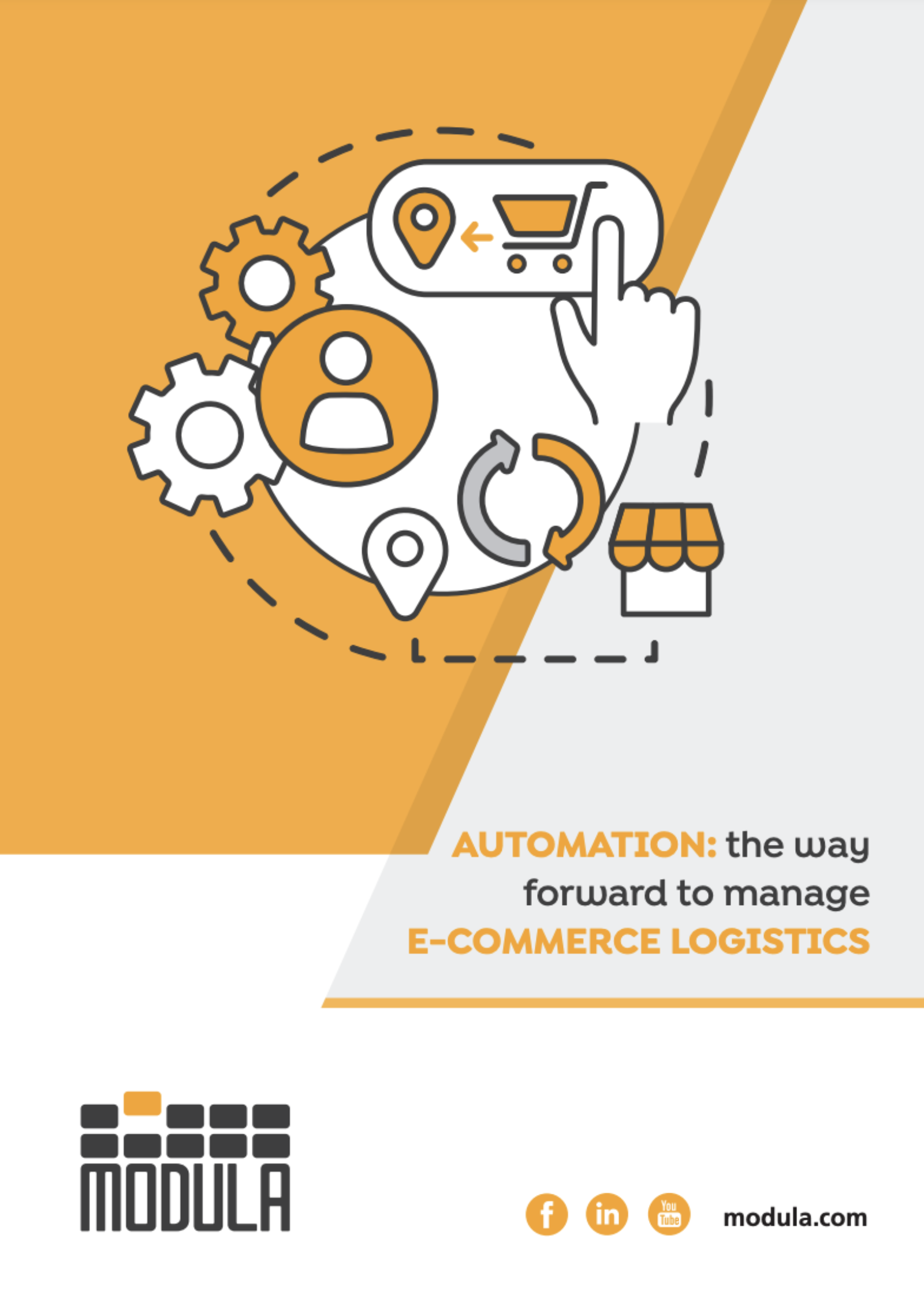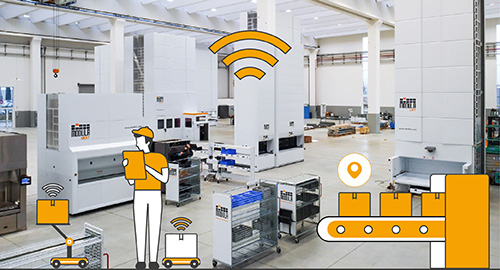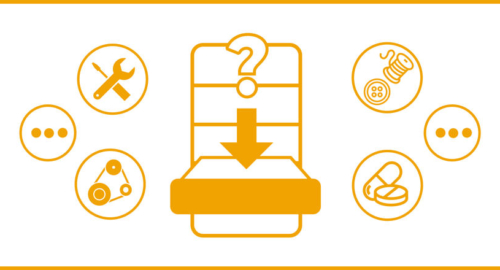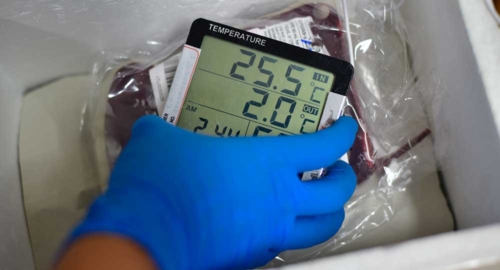Reverse Logistics is the name given to the set of processes which manage returns, or simply the logistics which manages the return of products for repair or scrapping. It naturally plays a very important role within an e-commerce operation, and requires careful planning by the company.
There are countless reasons why a product is returned to an e-commerce vendor and they vary widely: customer dissatisfaction, defect or fault, product received by mistake, wrong size, excessively late delivery, etc.
Businesses need a customised solution for their reverse logistics. Within the warehouse, for example, it might be useful to assign a specific zone to this activity. Use of a management software which controls picking or placing within the warehouse might be useful, to ensure that in all cases there is an updated estimate of the inventory available.
It is also important to inspect the condition of the articles received as returns and to classify the reason for their return. The customer might simply not have liked the product, which is quite often the case with electronic goods. In fact, it is estimated that 68% of returns are due to failure to come up to the customer’s expectations, so the material is in perfect working order and can be put back on the market. In other cases, the delivery may have been received incomplete or late, entitling the customer to return the goods. Or the consumer may ask for the product to be repaired under warranty, meaning that it is returned only temporarily.
The costs of Reverse Logistics
There are costs to be considered in Reverse Logistics, especially if the aim is to render the whole process efficient. The process usually starts with reception: after an initial acceptance phase, the product will be placed in a kind of fast lane in the warehouse, to enable the operator to identify the problem and decide how to deal with the return, and once again e-commerce logistics plays a fundamental role here.
The quality of the goods is assessed to decide whether they should be replaced or repaired or the customer should receive a refund. The times and costs vary depending on the type of article: checking a smartphone is more complex than inspecting a garment.
The inspection, fault identification and repair phases all imply costs. In some cases, if the cost of repair is higher than the value of the article itself, it is replaced and the returned article is scrapped, generating a loss equal to the cost of the item.
Some returned products are inspected to see whether they can be returned to the warehouse and then offered for sale again. This involves several logistics phases, in which a warehouse operative puts the product back with those in stock and updates the ERP software accordingly. Naturally, returned products cannot be sold as new, so they are subject to depreciation, meaning a loss for the company.
How should e-commerce reverse logistics be organised?
For the most efficient management of e-commerce Reverse Logistics it is a good idea to allocate part of the warehouse for the acceptance and management of returns only.
The returns process costs almost twice as much as the normal warehouse work-flow, with serious implications for the budget. To ensure that this cost is not further increased due to picking and shipping errors, efficient, precise devices such as automatic vertical warehouses are required.
An area of the warehouse for use only for returns may be created. In this case, as well as the articles the vertical technologies would also be able to store plastic packaging and cardboard boxes. This would enable faster management of the entire process, since all the material required would be to hand in a single zone.
Automatic solutions for optimising reorders
Automatic solutions provide more efficient stock management and a significant reduction in errors, especially if combined with a WMS software. In this case, the warehouse is able to keep track of all incoming and outgoing goods, providing constant control over your stock situation and improving inventory management.
With this technology, you can have real-time information about stock levels, very useful for optimising reorders and the logistics of your production process. Moreover, each time goods are stored or retrieved, the operator is given clear indications about theoretical stock levels and can compare these with real levels and facilitate their alignment in the event of an inventory.
To further increase precision in stock management within your warehouse and reduce errors, simple and intuitive visual aids are available. Any operator can use these devices to easily identify products that are to be picked from or refilled into the automatic warehouse, even without any special training.
Automation: the way forward to manage e-commerce logistics



